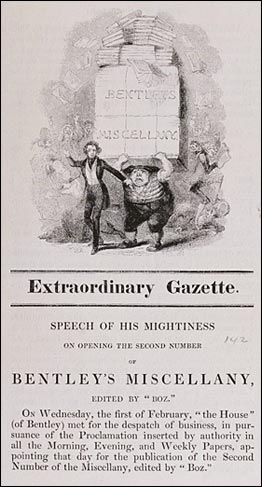
Although today's public may think of the bestseller as a relatively recent development generated by modern mass marketing, many of the literary formulas and publishing techniques of the bestseller actually date to the nineteenth century. Victorian Bestsellers explores the rise of this cultural phenomenon using original manuscripts, first editions, illustrated editions, and rare printed ephemera drawn largely from the Morgan's renowned literary collections.
The period covered by the exhibition (1837–1901) was a time of rapid social change and enormous economic upheaval, when new technologies, improved transportation systems, better living standards, and rising literacy rates greatly increased the market for fiction and other types of popular reading matter.
Resourceful publishers could sell more than a hundred thousand copies of a thriller in just a few months. Harriet Beecher Stowe's Uncle Tom's Cabin (1852) stirred up so much excitement that it could not be printed fast enough; it went back to press repeatedly in America and England, where ten different editions appeared in two weeks. The writings of Dickens, Thackeray, Trollope, and other well-known authors were sold in unprecedented numbers, and the book trade also handled vast quantities of literature by writers who are now entirely forgotten.
On view are literary masterpieces along with penny dreadfuls and shilling shockers, rare advertising posters, colorful bindings, and enticing illustrations by renowned nineteenth-century artists such as Gustave Doré and George Cruikshank. Their work appeared in media suitable for mass production—wood engravings, steel engravings, and lithographs―which are displayed along with original drawings and preparatory sketches.
The exhibition is sponsored by Fay and Geoffrey Elliott.
Hablot Knight Browne (1815–1882)
Caricature of Charles Dickens in Bentley's Miscellany (March 1837)
The Pierpont Morgan Library, MA 96
